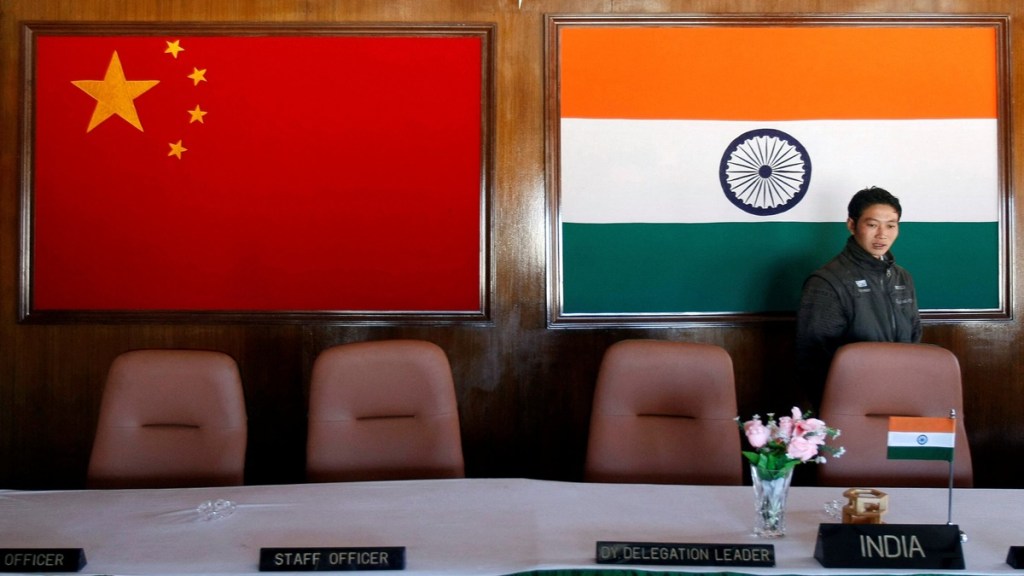In a recent podcast, Prime Minister Narendra Modi indicated that India and China were “working to restore conditions to how they were before 2020” when the border stand-off began in eastern Ladakh. With the easing of tensions on the border, Modi struck a pragmatic note that the relationship should remain just as strong in the future. While differences are natural, the focus must be on ensuring that differences don’t turn into disputes, he added. With Beijing responding positively to his remarks, the question is whether the decks are indeed being cleared for a stable cooperative relationship that serves the best interests of both nations. Of late, significant steps have no doubt been taken like the resumption of Kailash Mansarovar pilgrimage this year. Discussions are on for restoring direct flights and streamlining of visa procedures for journalists and think tanks. Both sides have initiated discussions on sharing data related to trans-border rivers. Can it now become business as usual for investments from the mainland to flow again into the Indian economy without the case-by-case screening of proposals from countries sharing a land border with India?
Clearly, pragmatism must dictate the normalisation of bilateral economic ties. The time is certainly opportune as both nations face the heat of US President Donald Trump’s disruption of global trade and investments. As if on cue, discussions are reportedly on between government departments to “dilute or neutralise” some of the restrictions on trade and investments in place due to the border stand-off five years ago. However, there has been no diminishing dependence on Chinese goods as the dragon remains one of our largest trade partners. In contrast, mainland investments have been impacted — China’s electric vehicle giant BYD and Apple supplier Luxshare failed to secure approvals — although some companies have found a way around the restrictions.
Apple’s growing business in India is also viewed with suspicion by China, which has retaliated by hampering the movement of Chinese technicians and capital goods. Indian industry has lobbied the government to ease the visa regime for such personnel, besides lifting tariff and non-tariff barriers on imports of essential inputs and machinery from China. Beijing has proposed greater investment flows to address persisting concerns regarding India’s growing bilateral trade imbalance.
While there are compelling reasons for a closer engagement, the pace and timing of this process must be predicated on the narrowing of India’s trust deficit with China. Modi indicated as much when he stated, “Slowly but surely, trust, enthusiasm, and energy will return. But of course, it will take some time, since there’s been a five-year gap.” The dragon has vast amounts of capital that can help realise India’s ambitions to become a more prosperous nation by investing in its $1.4-trillion infrastructure pipeline. China dominates global supply chains. If India can plug into them with its advantages of an abundant supply of young labour at highly competitive wage rates, it can export more and grow faster over the medium term. The mainland also has a near-monopoly on critical and rare earth minerals, which has a major bearing on our renewable energy production. Closer cooperation between two billion-plus nations is not just an idea whose time has come due to Trump’s weaponisation of tariffs but also for promoting greater prosperity of the Global South. But pragmatism must prevail in ongoing efforts to restore conditions to how they were before 2020.
